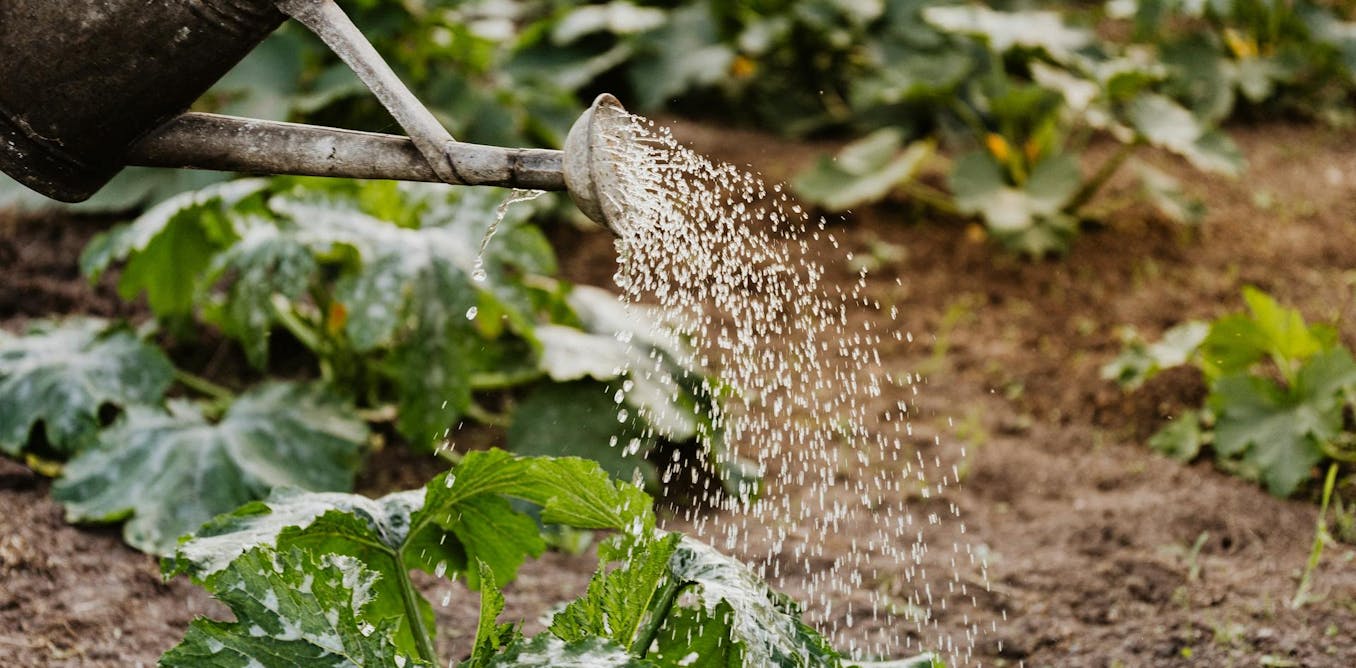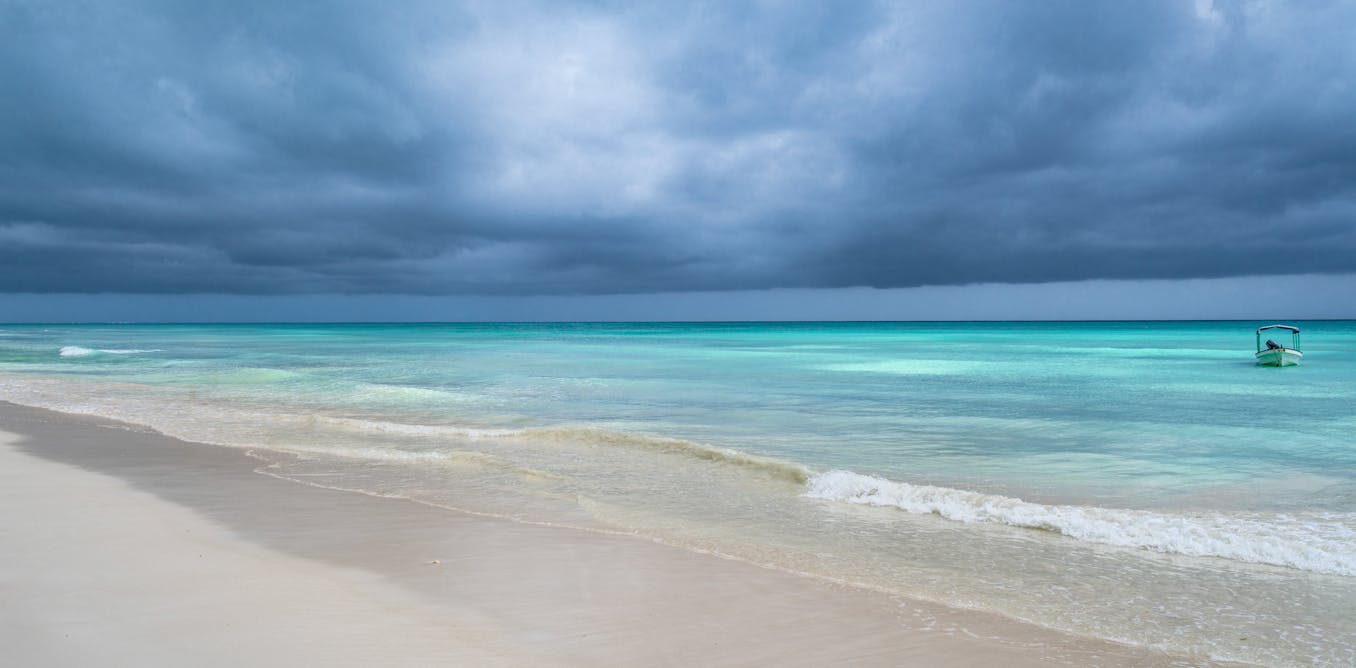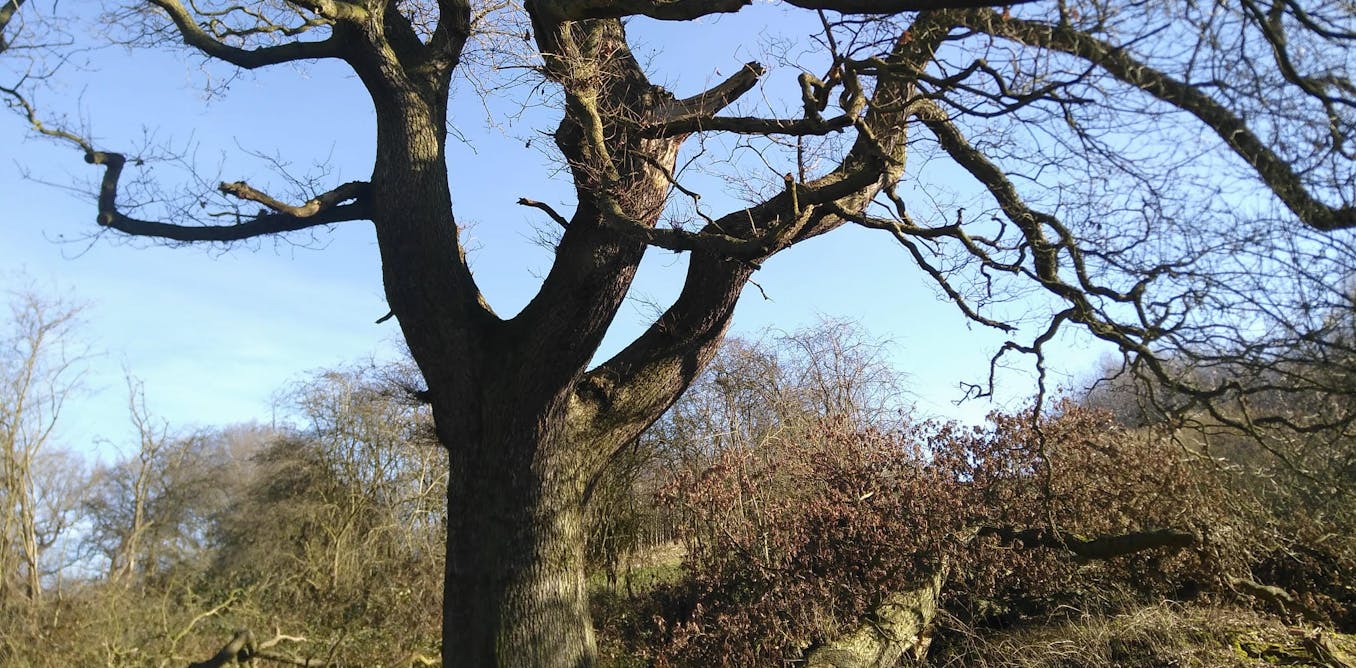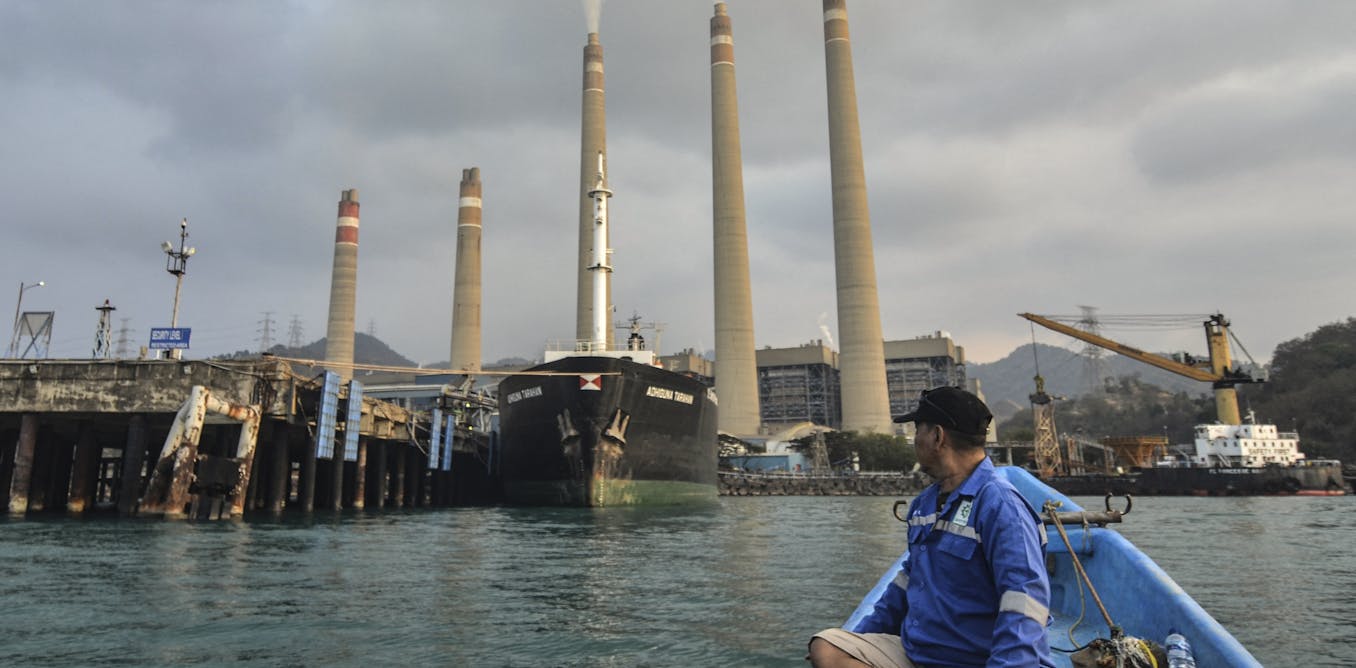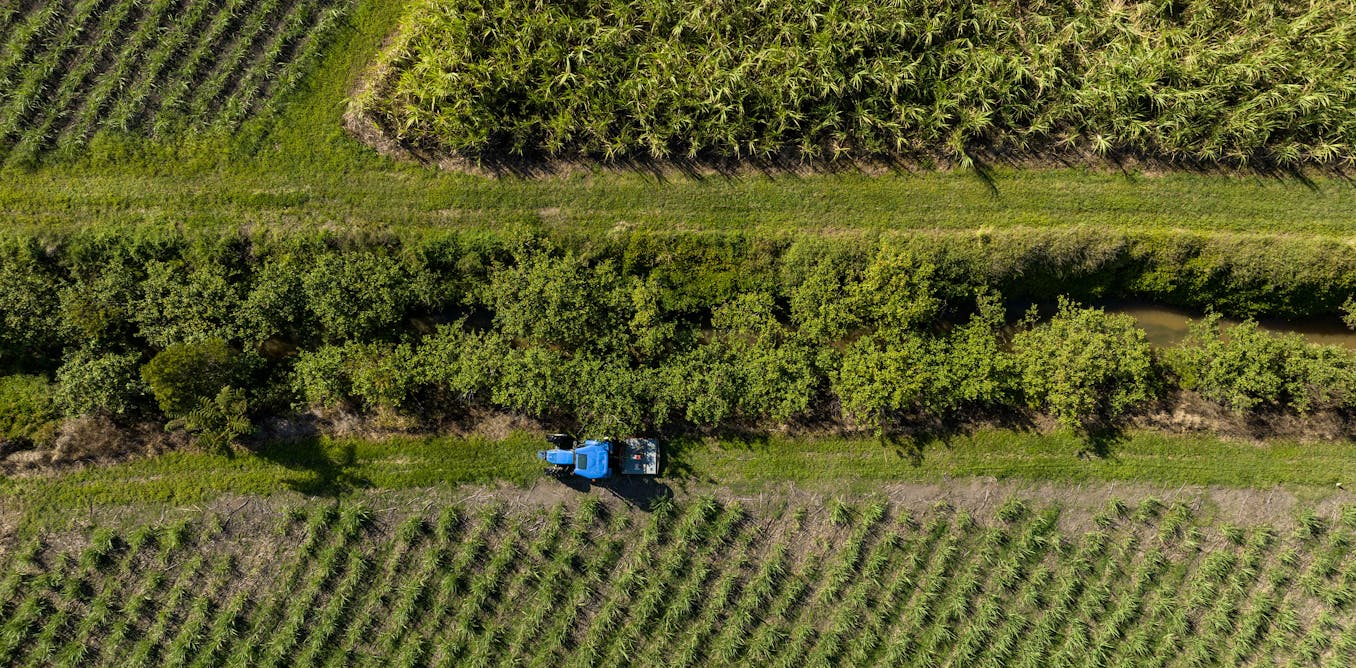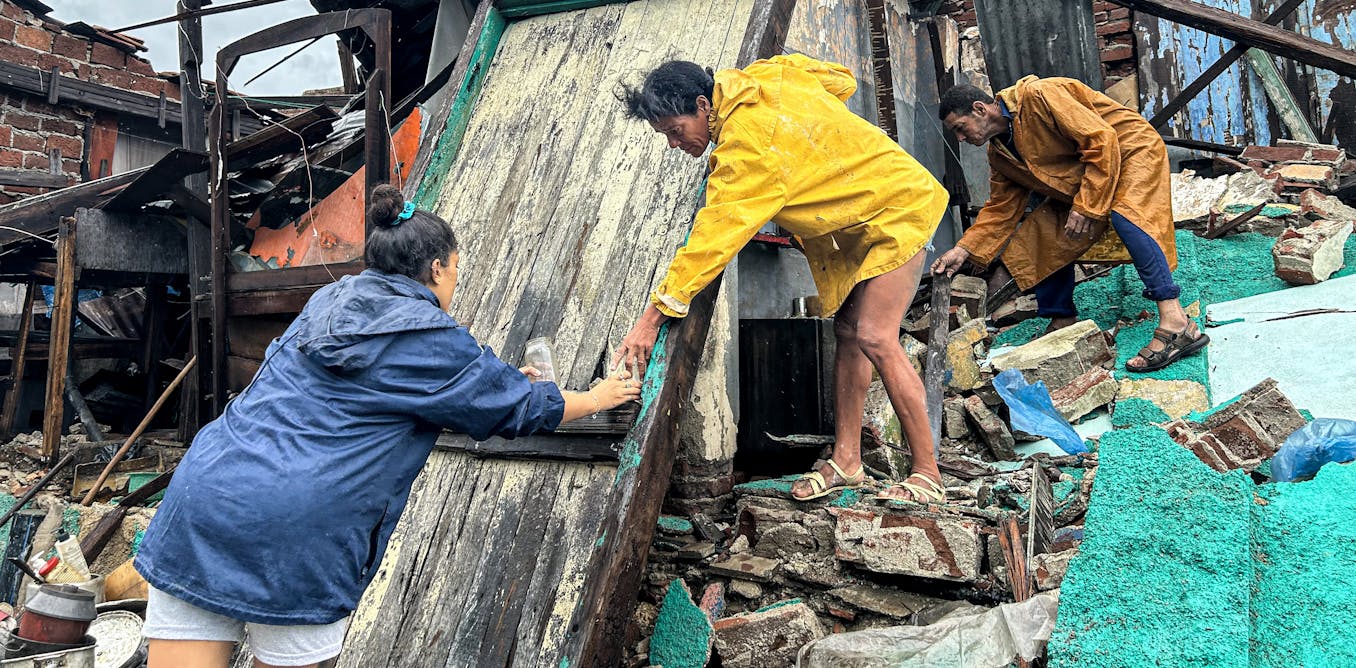In the Lapai Gwari community of Niger state, north central Nigeria, elders predict the weather by observing a large stone in the Chachanga River. The LapanGwagwan stone serves as a tool to determine the frequency of flooding and gauge the severity of rainfall.
When the colour of the stone changes to brown, it signifies an imminent heavy downpour, while a grey colour indicates either light or moderate rainfall.
This traditional knowledge helps the community to prepare for potential flooding.
This is just one example of the indigenous knowledge established in the literature as important in mitigating the effects of climate change. The United Nations Intergovernmental Panel on Climate Change Assessment report also affirms that indigenous knowledge should be integrated into research.
Transferring this knowledge doesn’t always happen, however. Scientists and policymakers don’t all recognise its value.
Meanwhile, for coastal communities like Lapai Gwari, frequent flooding poses a major threat and risk to long-term development.
Studies suggest that by 2100, sea levels could rise by as much as 100cm, presenting even more hazards to coastal communities around Africa.
I have been researching the adaptation and resilience of African coastal cities to climate change for over a decade. I believe that identifying and integrating indigenous knowledge has a lot to offer.
In a recent book chapter, I identified five unique indigenous knowledge strategies practised in four coastal communities of Africa. These are: change in water colour; lunar observation; participatory mapping; yearly sacrifice to the gods; and extensive knowledge of local plants and animals.
I argue that drawing on local wisdom and expertise can enhance policies and mechanisms to protect people from the effects of frequent flooding in African coastal cities.
Research aims and methods
To identify the indigenous knowledge within these communities, I reviewed relevant literature, newspaper articles and social media outlets, and interviewed local residents of coastal communities. These were in Lagos and Delta States in Nigeria, Durban in South Africa, and Accra in Ghana.
I aimed to understand practices in these communities that related to flood resilience and adaptation.
I discovered that people had useful indigenous knowledge about predicting and mapping flood risks. But this knowledge was fragmented and there wasn’t a cohesive framework to put it into practice.
People said that knowledge wasn’t being documented and shared. Also, religion and education influenced perceptions about the value of the knowledge.
Five indigenous knowledge strategies
Change in water colour: Local residents in Delta State, Nigeria told me how they knew that a flood was about to occur: there was a sudden change in the colour of the water from clear to deep brown. The flood usually followed the change in water colour after 24 to 48 hours. This warning sign gave the community time to take precautions, such as evacuating low-lying areas and securing belongings.
Lunar observation: People in the Anlo coastal community in Ghana’s Volta Region study the moon and use it to predict flood years. They said an approaching full moon during the peak of rainfall indicated that flood was imminent. They understand the moon’s influence on tidal patterns and its correlation with flood events, empowering them to act in advance.
Participatory mapping approach: In Accra and Durban, some residents have developed a participatory mapping approach which helps them prepare for floods. They map their surroundings, including vulnerable areas and natural resources. This enables them to identify areas prone to flooding and assess the effectiveness of existing nature-based solutions such as mangroves or wetlands. They can also find ways to reduce flood risks.
Yearly sacrifice to the gods: The chief priest of the Isheri community in Lagos described an annual sacrifice performed to appease the gods and cope with flooding. This indigenous practice reflects the cultural and spiritual beliefs of the community.
Knowledge of local flora and fauna: The coastal communities I studied had a deep knowledge of local plants and animals and their ecological significance. They knew about the impact of climate change on these species. Through their close interactions with the environment, people had observed changes in the behaviour, distribution and abundance of species, providing valuable insights into the effects of climate change.
From practice to policy
These unique indigenous knowledge practices offer opportunities to build resilient coastal communities. So it is disheartening that their recognition and integration into mainstream efforts remains limited.
My study proposes that the new models and innovations for resilience practice should draw on indigenous knowledge.
The starting point is for policymakers to acknowledge its value. Ways must be found to work together, creating and sharing knowledge. Such platforms should bring together scientists, experts, policymakers and indigenous communities to foster mutual learning, respect and understanding.
Communities also need help to build their capacity and strengthen their role in resilience initiatives. This includes supporting initiatives that document and preserve indigenous knowledge, recognising its cultural and historical significance.
Investments should be made in education and training that promotes the transmission of indigenous knowledge to younger generations, ensuring its continuity and relevance in the face of evolving environmental challenges.
By embracing the authentic integration of scientific and indigenous knowledge, we can pave the way for more comprehensive, context-specific and sustainable approaches to flood resilience in African coastal cities.
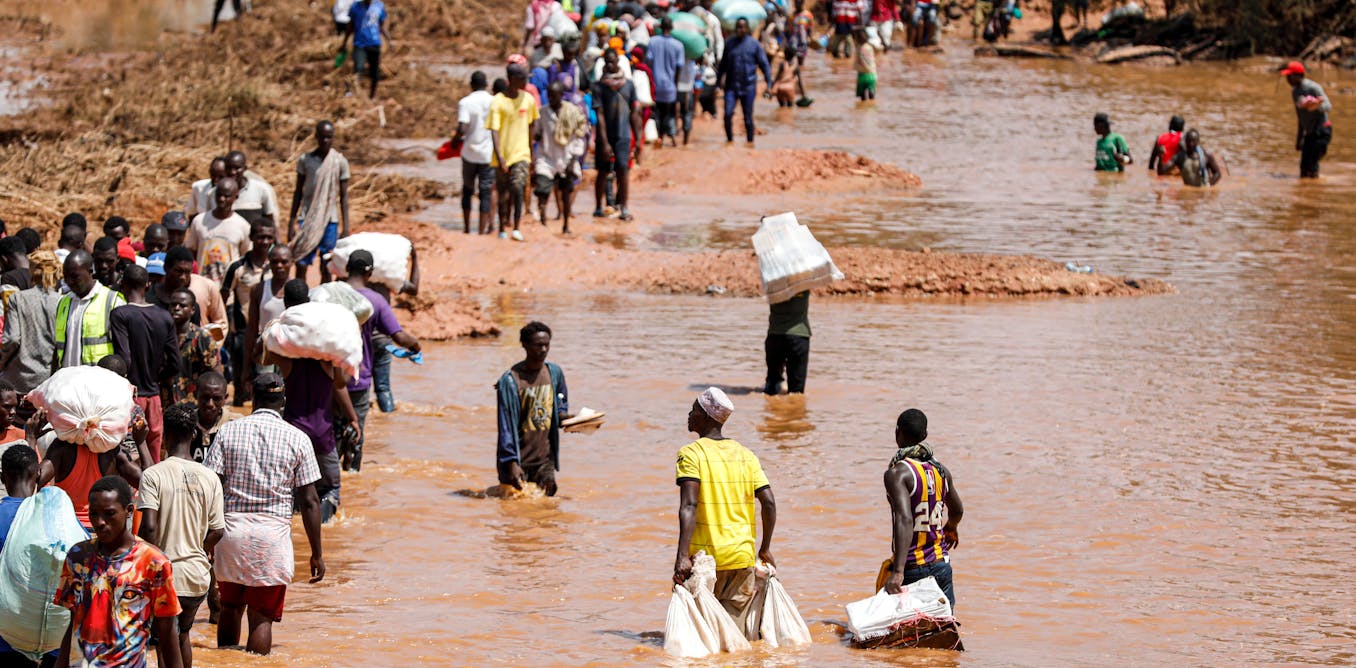
The post “expert shares 5 ways Africa’s coastal residents predict floods” by Olasunkanmi Habeeb Okunola, Visiting Scientist, United Nations University – Institute for Environment and Human Security (UNU-EHS), United Nations University was published on 02/22/2024 by theconversation.com









